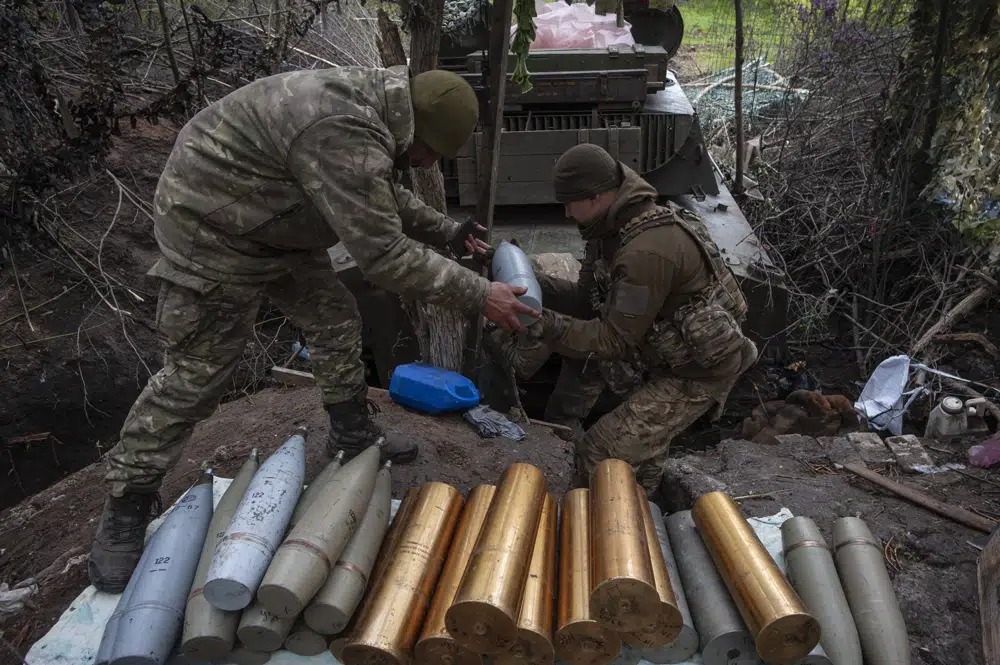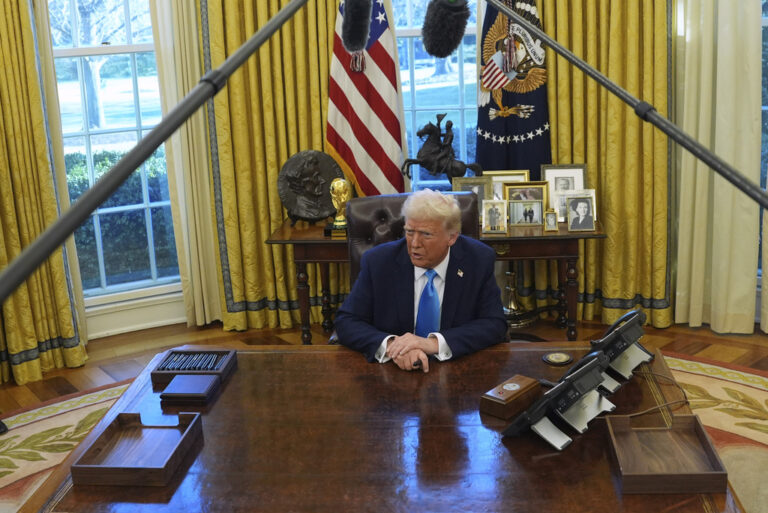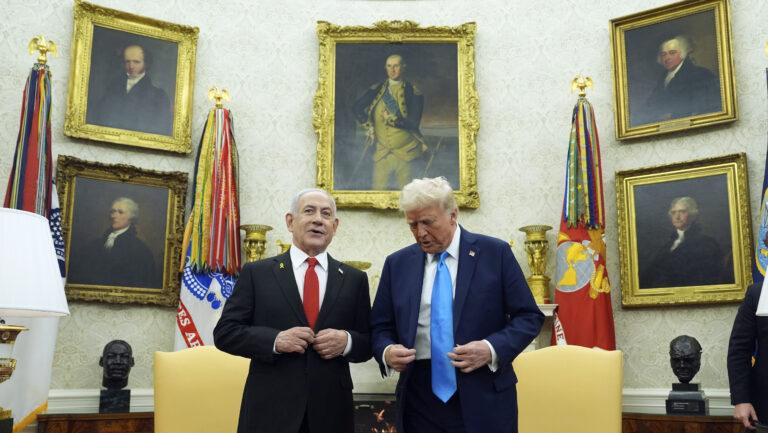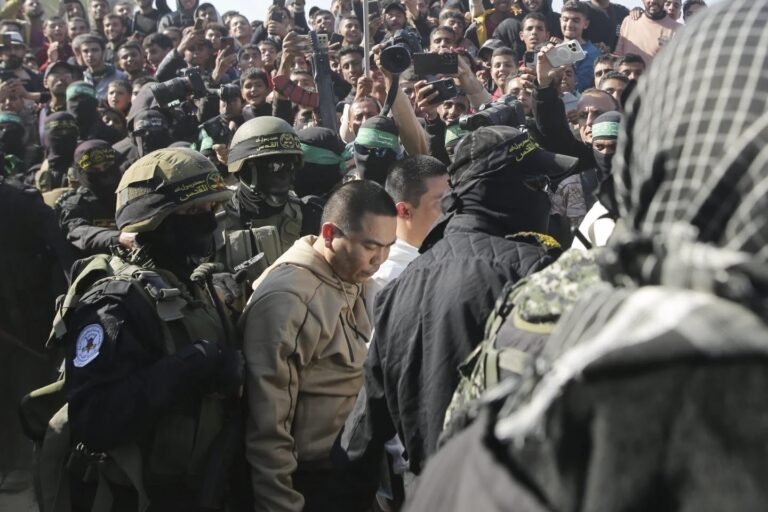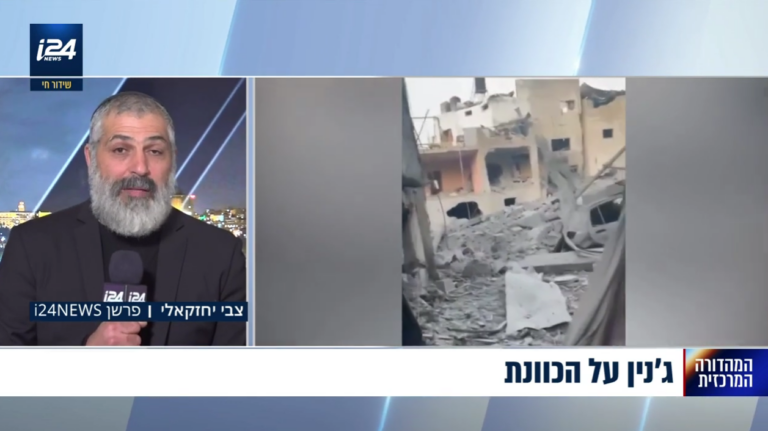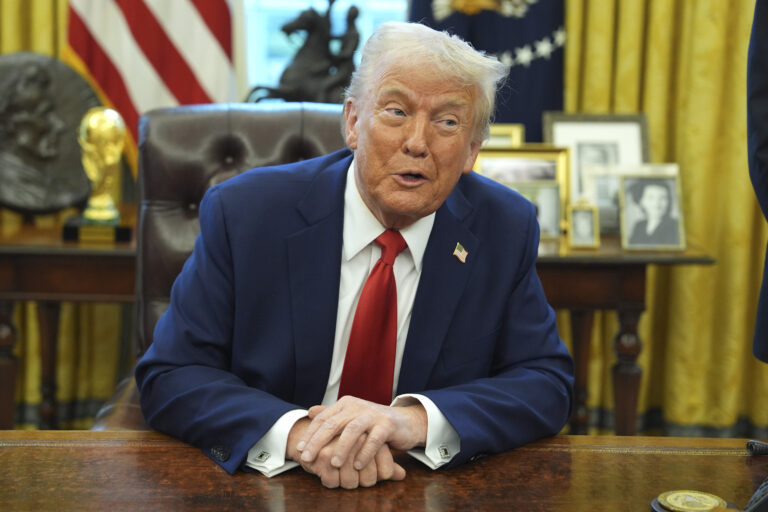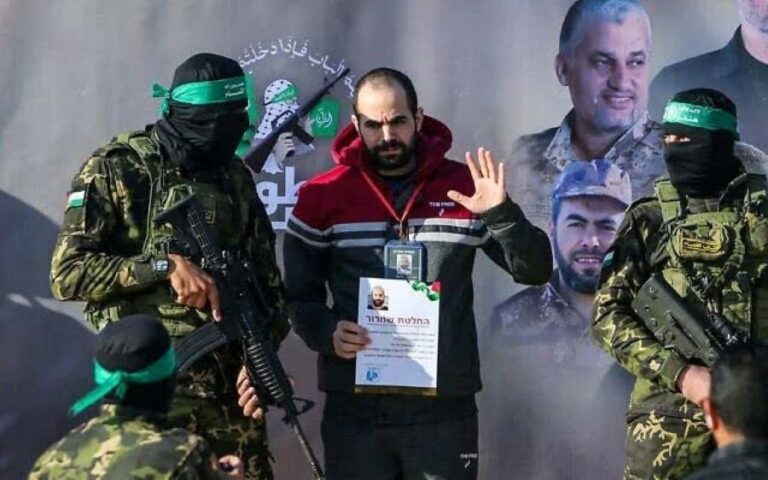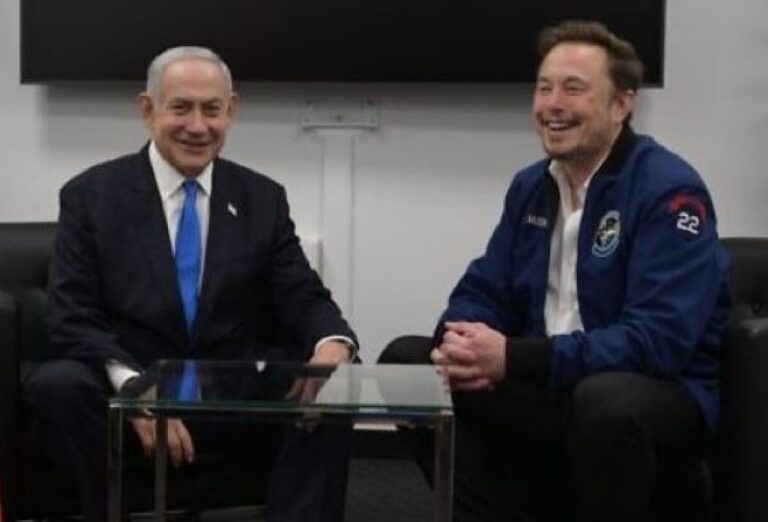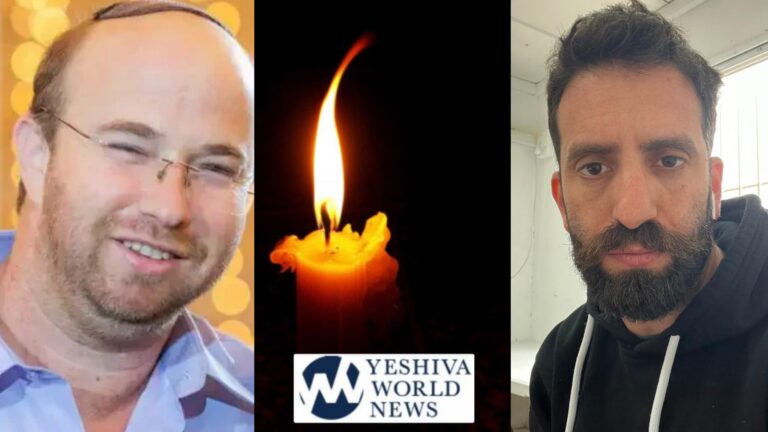President Volodymyr Zelenskyy said in remarks broadcast Thursday that Kyiv is delaying its long-awaited counteroffensive against Russia’s occupying forces because Ukraine lacks enough Western weapons to succeed without suffering too many casualties.
His remarks, in an interview with European broadcasters, were aired shortly before Britain said it has sent Ukraine air-launched cruise missiles that would allow pilots to extend their reach farther than possibly any other weapon in their arsenal, to locations deep behind the front line.
A Ukrainian counteroffensive against Russia’s more than 14-month-old invasion has been expected as winter turned to spring, and Zelenskyy said in an interview that “we can go forward and be successful,” according to the BBC.
“But we’d lose a lot of people. I think that’s unacceptable,” he was quoted as saying in the interview, conducted in Kyiv with public service broadcasters who are members of Eurovision News, including the BBC.
“So we need to wait. We still need a bit more time,” Zelenskyy was quoted as saying. “In terms of equipment, not everything has arrived yet.”
Analysts and Ukrainian officials have hinted for months at a coming Ukrainian counterpunch as the weather improves, with various dates speculated for its commencement. Zelenskyy’s remarks could be designed to keep the Russians guessing, and both sides have difficulty with the supply of ammunition, adding more uncertainty.
Ukraine is receiving Western training, as well as advanced weapons, for its troops as it gears up for such an assault.
Later Thursday, U.K. Defense Secretary Ben Wallace told lawmakers it sent Ukraine the Storm Shadow missiles, a conventionally armed weapon with a range of more than 250 kilometers (150 miles). By contrast, the truck-mounted HIMARS launchers supplied to Ukraine by Washington have GPS-guided missiles capable of hitting targets up to 80 kilometers (50 miles) away.
Wallace said the cruise missiles “are now going into or are in the country itself,” but he didn’t say how many were provided.
The air-launched missiles would allow Ukrainian forces to target locations such as Russia-occupied Crimea. Kyiv has pledged not to use them to attack Russia itself, U.K. media reported. The U.S. and its allies have expressed concern that enabling Ukraine to use their weapons to hit targets inside Russia could provoke the Kremlin to take more drastic actions in the war.
The British delivery adds to the tanks and long-range precision artillery that Western countries have already supplied to boost Ukraine’s military.
Retired Lt. Gen. Ben Hodges, a former commander of the U.S. Army in Europe, tweeted: “Well done UK!”
“This will give Ukraine capability to make Crimea untenable for Russian forces” and require Russia to reevaluate the positioning of its Black Sea fleet, Hodges said.
Sidharth Kaushal, a research fellow at London’s Royal United Services Institute, said the Storm Shadow missiles could allow Ukraine to strike Russia’s fleet and support vessels in its Black Sea headquarters port of Sevastopol, where Moscow’s Kalibr missiles “have been used to target crucial Ukrainian infrastructure.”
Patrick Bury, senior lecturer in security at the University of Bath, wasn’t surprised at Zelenskyy’s comments about the delay of spring campaign.
“If you are Zelenskyy, you are doing everything you can to make sure you get everything you need” before launching the offensive.
“On the other hand, I would not be surprised at all if it started in the next couple of weeks, depending on the mud. … As of last week it was still one of the wettest springs they’ve had over there in years. … It’s just not favorable,” he said.
A claim by the Ukrainian military on Wednesday that its troops had advanced up to 2 kilometers (1.2 miles) around the hotly contested eastern city of Bakhmut fueled speculation that the counteroffensive was already underway.
Serhii Cherevatyi, spokesman for Ukraine’s Operational Command East, told The Associated Press that the fighting and forward movement was not the “grand counteroffensive, but it’s a harbinger showing that there will be more such attacks in the future.”
But Yevgeny Prigozhin, the head of Russia’s private military force Wagner that has spearheaded Moscow’s battle for Bakhmut, claimed Kyiv’s counteroffensive was “in full swing,” with Ukrainian forces advancing “on the flanks” around the city.
“Unfortunately, in some areas they’re doing it successfully,” Prigozhin said.
The Kremlin’s forces are deeply entrenched in eastern Ukraine with layered defensive lines reportedly up to 20 kilometers (12 miles) deep. Kyiv’s counteroffensive would likely face minefields, anti-tank ditches and other obstacles.
Russia is “acting slow” in Ukraine because it wants to preserve infrastructure and save lives there, Kremlin spokesman Dmitry Peskov said in an interview with the Bosnian Serb channel ATV on Wednesday night.
Moscow has repeatedly explained its lack of advances on the battlefield as an effort to protect civilians, but those claims have been proven false, with frequent attacks on civilian buildings.
Zelenskyy said Russian President Vladimir Putin is counting on reducing the war to a so-called frozen conflict, with neither side able to dislodge the other, according to the BBC. He ruled out surrendering territory to Russia in return for a peace deal.
Military analysts have warned that Putin is hoping that the West’s costly support for Kyiv will begin to fray.
Ukraine’s Western allies have sent the country 65 billion euros ($70 billion) in military aid, and with no peace talks on the horizon, the alliance is gearing up to send more.
European Union Foreign policy chief Josep Borrell said delaying a counteroffensive was a sign that the West must step up its military support for Ukraine.
“Certainly, they need more preparation,” Borrell said at a defense and security conference in Brussels. “They need more arms. They need to gather more capacity, and it is us who have to provide for that.”
A senior NATO official said that in the coming months, Ukraine will have the edge in quality but Russia has the upper hand in quantity.
“The Russians are now starting to use very old materiel, very old capabilities,” Adm. Bob Bauer, chair of the NATO Military Committee, told reporters late Wednesday in Brussels.
“The Russians will have to focus on quantity,” he said. “Larger number of conscripts and mobilized people. Not well-trained. Older materiel, but large numbers, and not as precise, not as good as the newer ones.”
Over the winter, the conflict became bogged down in a war of attrition, with both sides relying heavily on bombarding each other’s positions.
A counteroffensive is a major challenge, requiring the Ukrainian military to orchestrate a wide range of capabilities, including providing ammunition, food, medical supplies and spare parts, strung along potentially extended supply lines. The front line extends more than 1,000 kilometers (600 miles).
The Kremlin wants Kyiv to acknowledge Russian sovereignty over Crimea and to recognize September’s illegal annexation of the provinces of Donetsk, Kherson, Luhansk and Zaporizhzhia.
Ukraine has rejected the demands and ruled out any talks with Russia until its troops withdraw from all occupied territories.
Russia’s latest long-range barrages killed at least six civilians and wounded 13 others, Ukraine’s presidential office said.
(AP)

